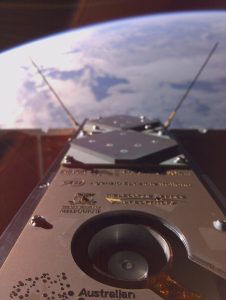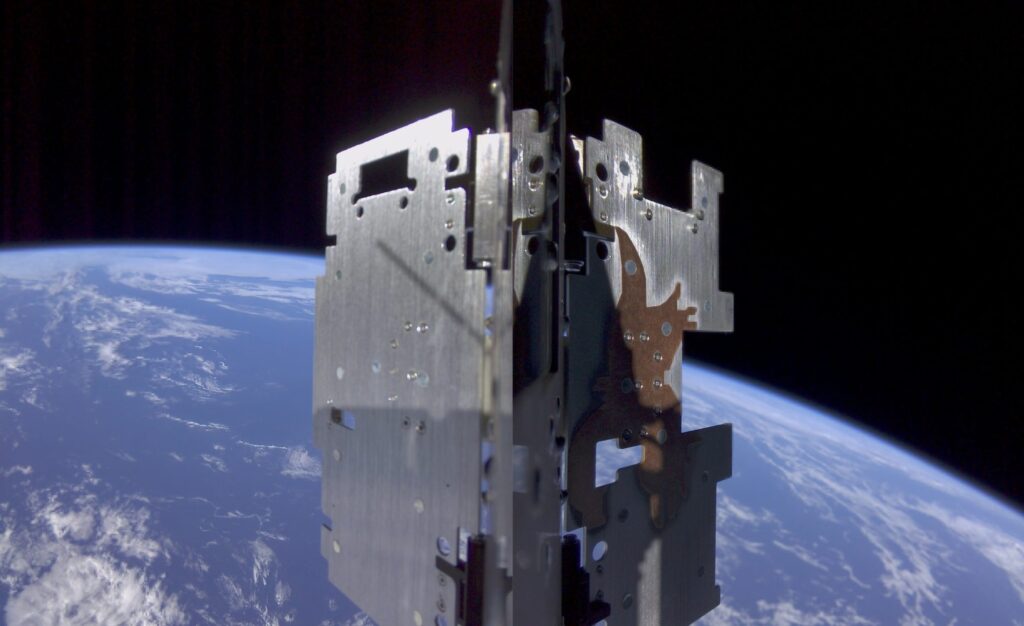Australia’s Spirit Nano Satellite successfully completed the first phase of its mission, marking milestone achievements for Australia’s location and reputation in the global space industry.
In collaboration with the Italian Space Agency (ASI), led by the University of Melbourne, the space industry’s responsive and intelligent nanosatellites (spirits) are the first space telescope to carry scientific instruments from foreign space agencies as their main payloads.
Since being installed in a SpaceX Falcon 9 rocket from California in December 2023, Spirit has surrounded the Earth more than 9,000 times and has been in orbit for more than 600 days.
Designed by the University of Melbourne, the Spirit’s unique wings keep the space telescope cool and improve scientific performance. Currently, in its final configuration, the spacecraft is approximately 1 meter in size.
Professor Michele Trenty, Chief Investigator at the University of Melbourne, said:
First Mission Phase: Breakthrough Tech enables selfies in space
The completion of the first phase of the Spirit Nanosatellite mission was marked by a winged thermal management system and a selfie stick deployment.

The image showed nanosatellites surrounded by the crest of their partners who returned to Earth and made its mission possible.
The second phase of the mind: detection of gamma ray bursts
The Spirit’s central mission, which was expected to remain in orbit for more than 1,000 days in total, will move from testing flight capabilities to testing Australian space technology to scientific observation.
Spirit uses Hermes X-ray detectors to scan large areas to detect cosmic explosions called gamma-ray bursts that are created when stars collide or die, and are created when they are unpredictable and difficult to find.
The spirit, which acts as an early warning system, alerts astronomers of gamma ray burst events for further investigation.
Redefine Australia’s position in the global space sector
The head of the Australian Space Agency’s Enrico Palermo welcomed the milestone and welcomed the move to the next phase of the mission. “The Spirit Mission demonstrated its capabilities within the Australian space sector, from the construction of satellites and testing new technologies in orbit and ground to hosting international science payloads and completing its early stages.
“I commend the Italian Space Agency team and colleagues for their sustainable long-term management in space. Spirit is a great example of the mutual benefits that comes from cooperation in space.”
Teodoro Valente, chairman of the Italian Space Agency, added: “This confirms the excellence of Italian space science, which is capable of producing technologically advanced equipment, and at the same time reaffirms the strong strategic value of scientific collaboration between Italian space agencies and their Australian counterparts.”
Source link

